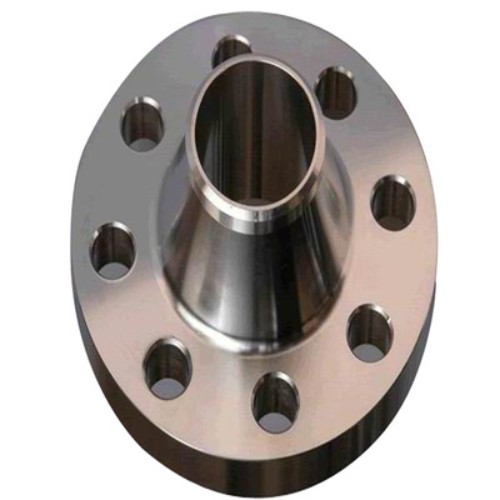Two-Way Ball Valve Manufacturing Insights and Best Practices for Optimal Performance and Efficiency
Understanding 2-Way Ball Valves A Guide to Factory Production
In the realm of industrial plumbing and fluid control systems, the 2-way ball valve stands out as a crucial component. Designed primarily to regulate the flow of fluids, these valves are synonymous with efficiency, reliability, and control. This article delves into the essentials of 2-way ball valves, their construction, function, and the manufacturing processes that ensure their quality in factory settings.
What is a 2-Way Ball Valve?
A 2-way ball valve is a type of quarter-turn valve that uses a spherical disc, known as a ball, to control the flow of fluid. This valve has two ports one for the inlet and one for the outlet. When the valve is fully open, the ball’s hole aligns with the flow direction, allowing fluid to pass through unhindered. Conversely, when the valve is closed, the ball rotates so that the solid part blocks the passage, stopping the flow.
Applications of 2-Way Ball Valves
Due to their robust design and efficiency, 2-way ball valves are widely used in a variety of industries. They are commonly found in water treatment plants, heating systems, cooling systems, and oil and gas pipelines. Their ability to provide a tight seal makes them suitable for both liquid and gas applications, minimizing leaks and ensuring safety in operations.
Manufacturing Process of 2-Way Ball Valves
The production of 2-way ball valves in a factory setting involves several critical steps to ensure high-quality output. Below are the main stages involved in their manufacturing process
ball valve 2 way factory

1. Material Selection The first step is choosing the appropriate materials. Common materials include brass, stainless steel, and plastic, depending on the intended application and type of fluid being handled. The material must possess properties such as corrosion resistance, durability, and strength.
2. Casting and Machining After selecting the materials, the components of the valve, including the body, ball, and seats, are often manufactured through casting or forging processes. Following this, precision machining is performed to create accurate dimensions and ensure perfect fits between the moving parts.
3. Assembly Once all the components are ready, they are assembled in a clean and controlled environment. This step is crucial as it involves putting together delicate parts like the ball and seats, ensuring they work together smoothly.
4. Testing To guarantee the reliability of the 2-way ball valves, rigorous testing is conducted. This includes pressure testing to check for leaks and functional testing to ensure that the valve opens and closes correctly. Quality control methods are paramount in this stage to meet industry standards.
5. Finishing and Packaging After testing, the valves undergo finishing processes, such as polishing or coating for enhanced durability and appearance. Finally, they are packaged carefully to prevent damage during transportation, ready for distribution to clients.
Conclusion
In conclusion, 2-way ball valves are essential components in many industrial applications, offering precise control over fluid flow. The manufacturing process is intricate and requires attention to detail, from material selection to final testing. Factories that specialize in producing these valves play a significant role in ensuring that industries have access to reliable and efficient fluid control solutions. As industries continue to innovate and expand, the importance of high-quality ball valves remains paramount, solidifying their place as indispensable elements in modern engineering and construction.
-
The Key to Fluid Control: Exploring the Advantages of Ball Valves in Industrial SystemsNewsJul.09,2025
-
The Versatile World of 1, 2, and 3 Piece Ball ValvesNewsJul.09,2025
-
Stainless Steel Ball Valves: The Ideal Choice for Efficient Flow ControlNewsJul.09,2025
-
Optimizing Fluid Control with Ball Float ValvesNewsJul.09,2025
-
Manual Gate Valves: Essential for Control and EfficiencyNewsJul.09,2025
-
Everything You Need to Know About Butterfly ValvesNewsJul.09,2025
-
The Versatility of Wafer Type Butterfly ValvesNewsJul.08,2025




